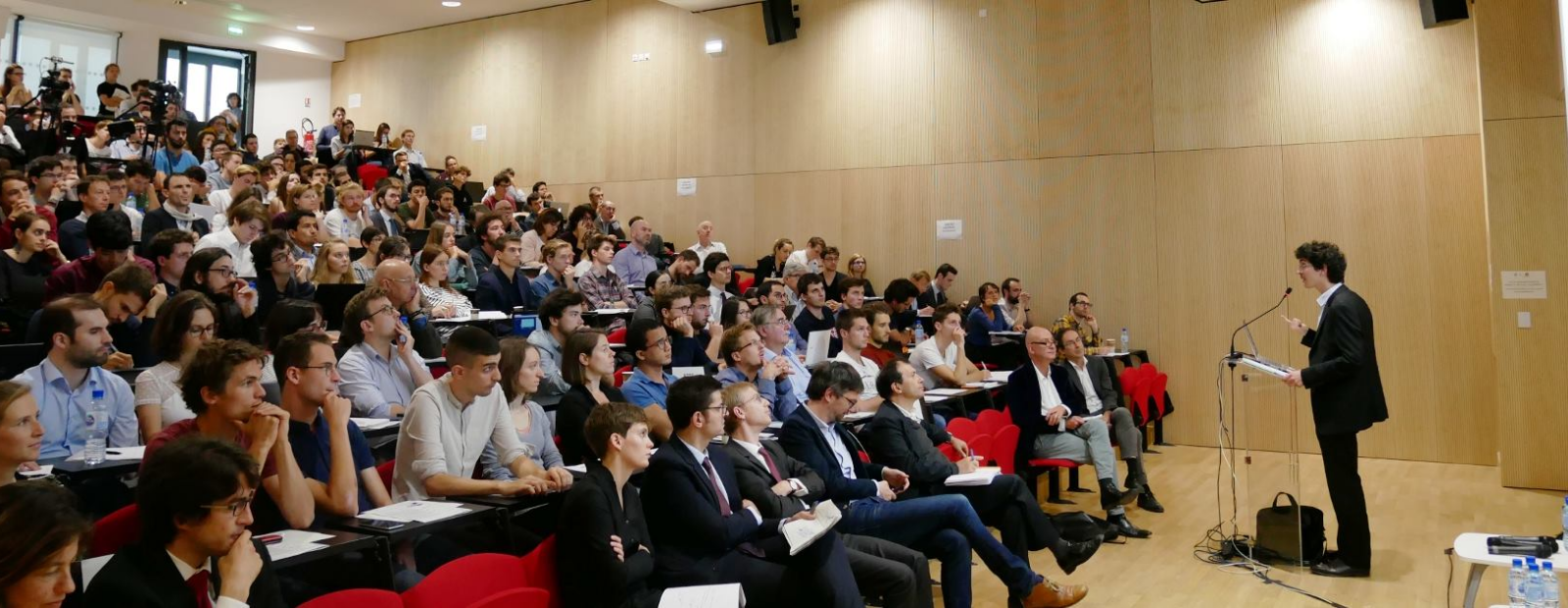- Senior Researcher
- CNRS
- Individual Behaviour
- Mathematical Economics
Address :48 Boulevard Jourdan,
75014 Paris, France
Publications HAL
-
-
On the (Ir)Relevance of Discount Factors for Future Allocations of Scarce Resources Pre-print, Working paper
Published in
-
On the Convergence Criterion in Three-Period-Lived Overlapping Generations Models Pre-print, Working paperAuthor: Jean-Paul Barinci
Published in
-
An α -MaxMin utility representation for close and distant future preferences with temporal biases Journal articleAuthor: Thai Ha Huy Journal: Journal of Mathematical Economics
Published in
-
An $alpha$-MaxMin Utility Representation for Close and Distant Future Preferences with Temporal Biases Pre-print, Working paperAuthor: Thai Ha Huy
Published in
Tabs
« A Not so Myopic Axiomatization of Discounting »(avec T. Ha-Huy), Economic Theory LXXIII : 349-376, 2022.
« On Equilibrium Factors Substitutabilities & Intergenerational Transfers in a Simple Model of Over- lapping Generations with Heterogenous Goods »(avec J.-P. Barinci & H.J. Cho), Mathematical Social Sciences CXII : 120-137, 2021.
« On Markovian Collective Choice with Heterogeneous Quasi-Hyperbolic Discounting »(avec B. Wi- gniolle), Economic Theory LXXII : 1257-1296, 2021.
« On a Simple Equilibrium with Heterogeneous Quasi-Hyperbolic Discounting Agents »(avec B. Wi- gniolle), Revue d’Economie Politique CXXIX : 715-740, 2019.
«On Maximin Dynamic Programming & the Rate of Discount.»(avec T.D.H. Nguyen &T. Ha-Huy), Economic Theory LXVII : 2019.
« On Time-Consistent Programs for Heterogeneous Discount Agents »(avec B. Wigniolle), Journal of Mathematical Economics LXVI : 787-817, 2016.

